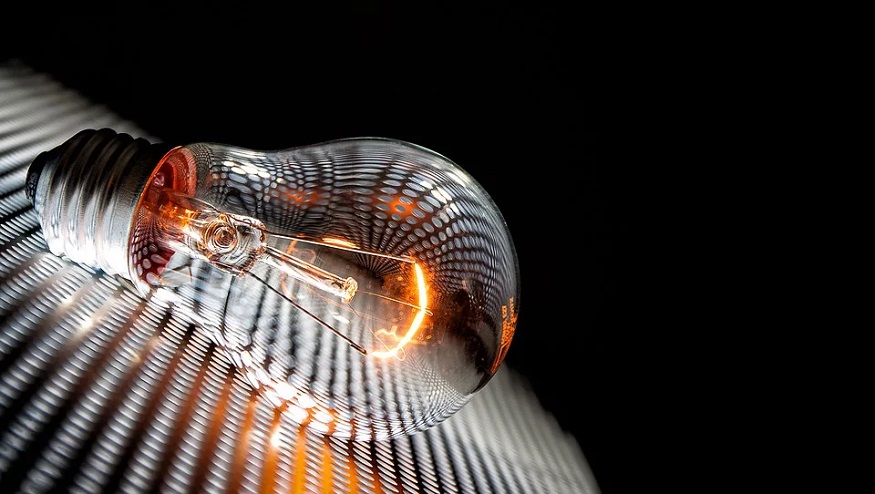
New research findings could significantly improve hydrogen energy storage efficacy
November 19, 2019A platinum-nickel catalyst makes storing energy in hydrogen 20 time more effective.
Hydrogen energy storage is an ideal solution for storing the surplus power generated by renewables such as wind and solar. Now, researchers at Eindhoven University of Technology (TU/e) – a technical university in the Netherlands – along with Chinese, Singaporean and Japanese researchers, have developed an alternative catalyst to platinum that is 20 times more effective at storing energy in hydrogen.
Chemical bonds are a more practical solution for storing large amounts of energy than batteries.
The Netherlands plans to obtain nearly all its energy from sustainable sources, such as wind and solar, by 2050. However, as these energy sources are not available day and night, it is important to find a way to store energy on a large scale for the long term.
Batteries can store energy, but because they have a low energy density, they are not best suited to store extremely high amounts of energy. Chemical bonds are a far more practical and effective solution and hydrogen is the most ideal choice of gas.
Hydrogen energy storage is created with an electrolyzer, which converts excess electrical energy into hydrogen using water. Once in the hydrogen gas form, the energy can be stored and transported. Later, using a fuel cell, the hydrogen can be converted back into electrical power. That being said, for both these conversions to be possible, a catalyst is required in each process.
The catalyst that is used to help with these conversions is mostly composed of the rare and expensive metal platinum. Knowing this would be a problem if electrolyzers and fuel cells are to be used on a large scale, the researchers from China created a catalyst with hollow nanocages of an alloy of platinum and nickel, reducing cost while boosting activity. The higher activity of a catalyst, the more effective it is at converting more water molecules into hydrogen per second.
The hydrogen energy storage discovery could lead to the development of refrigerator-sized electrolyzers.
There are many possibilities for this new catalyst, both in terms of it being utilized in an elecrolyzer and a fuel cell. For instance, an electrolyzer can be used on offshore wind farms, while fuel cells are used in vehicles powered by hydrogen and even in hospitals that have emergency generators powered by hydrogen fuel cells. What’s more, transporting hydrogen is far less expensive than transporting electricity.
TU/e researcher Emiel Hensen wants to use the new catalyst to develop an electrolyzer of about 10 megawatts (MW) that’s about the size of a refrigerator.
“I hope that we will soon be able to install an electrolyzer in every neighborhood,” Hensen said, ScienceDaily reports. “This refrigerator-sized device stores all the energy from the solar panels on the roofs in the neighborhood during the daytime as hydrogen.”
In the future, underground gas pipelines will transport hydrogen, Hensen adds, further explaining that a fuel cell will replace the domestic central heating boiler with the fuel cell converting the stored hydrogen back into electricity, allowing to make the most of the sun’s energy.
 That being said, before this type of hydrogen energy storage can happen, the electrolyzer must experience considerable development and be scaled up.
That being said, before this type of hydrogen energy storage can happen, the electrolyzer must experience considerable development and be scaled up.



 With over 15 years of reporting hydrogen news, we are your premier source for the latest updates and insights in hydrogen and renewable energy.
With over 15 years of reporting hydrogen news, we are your premier source for the latest updates and insights in hydrogen and renewable energy.